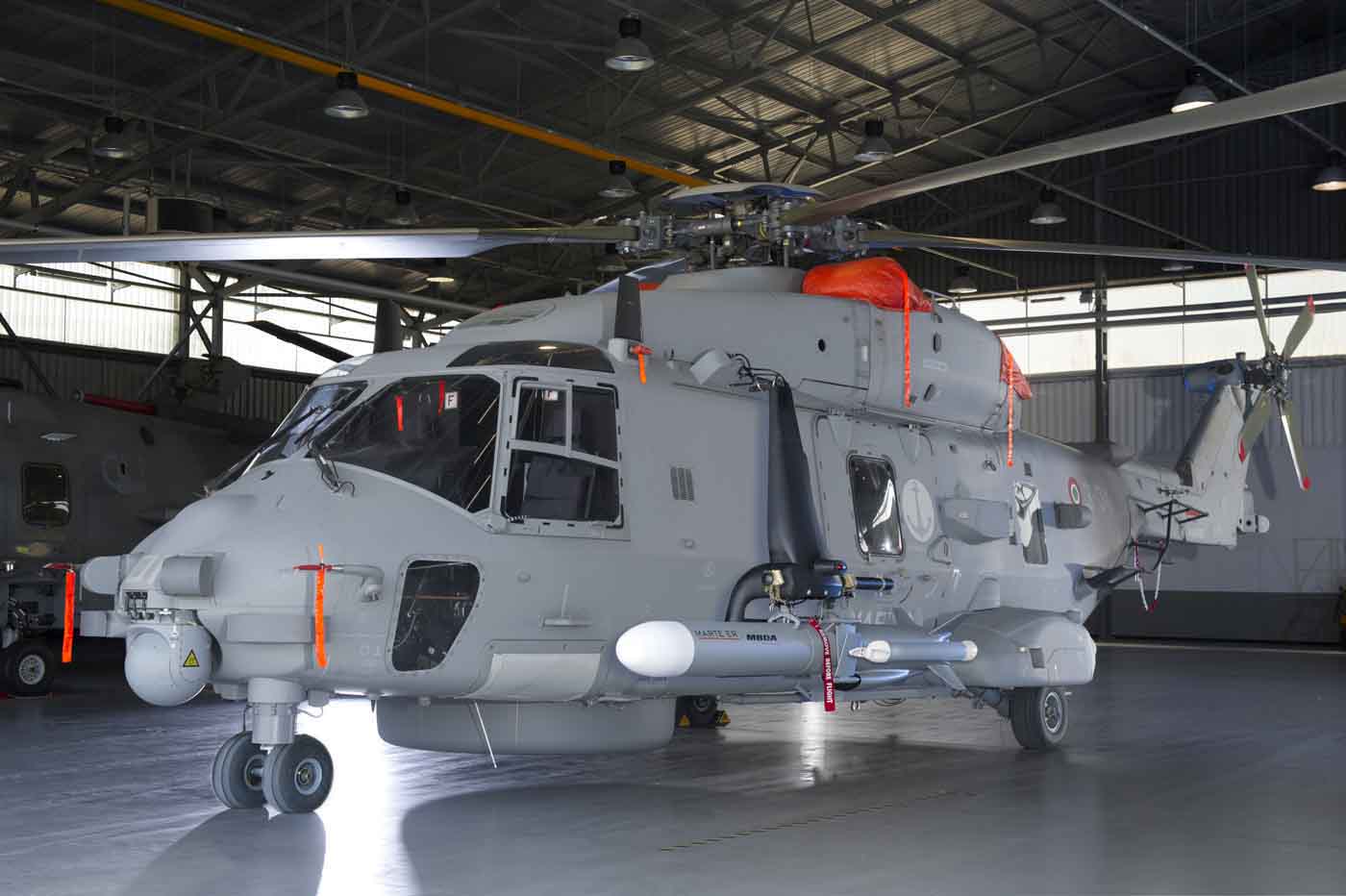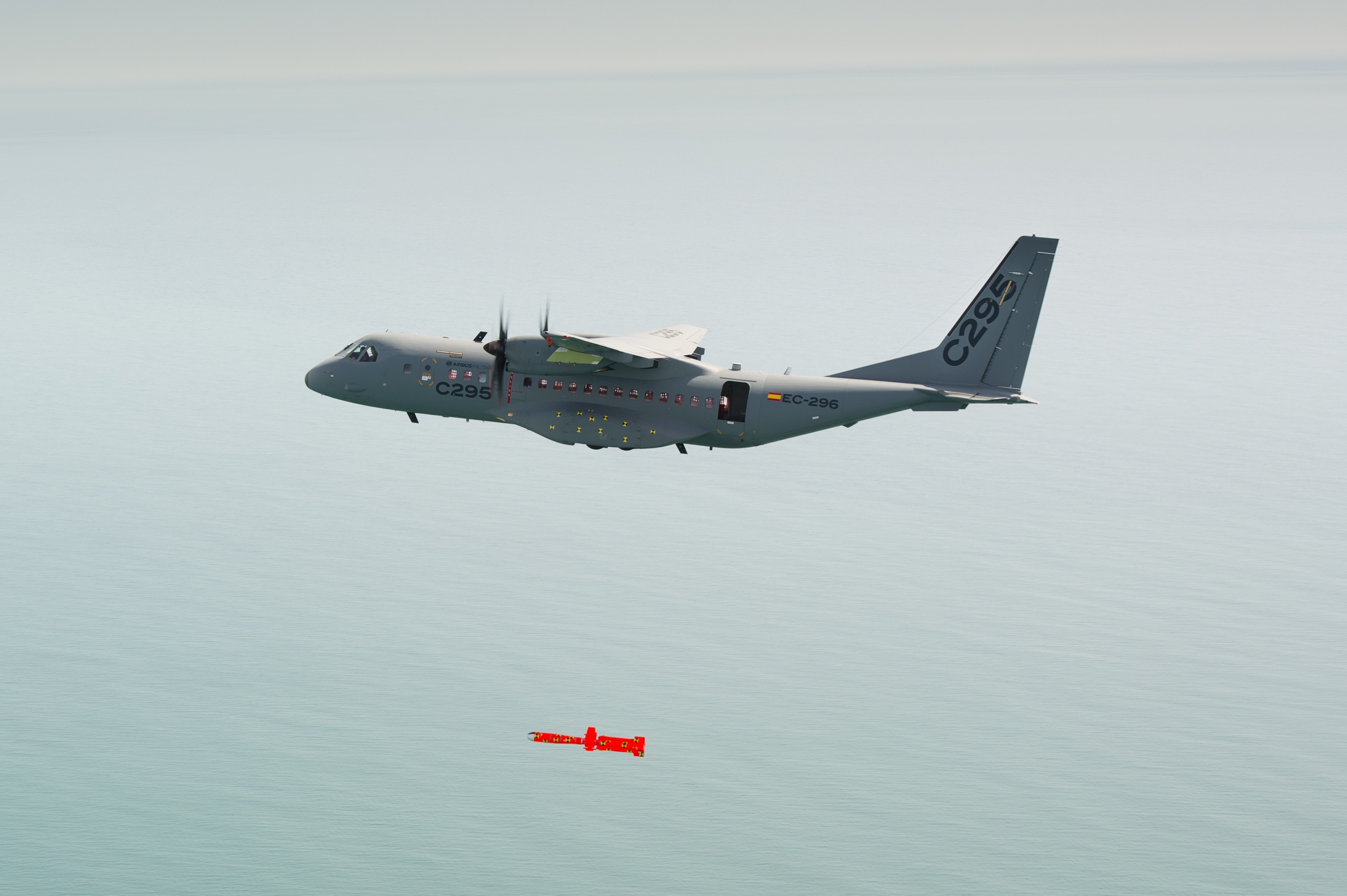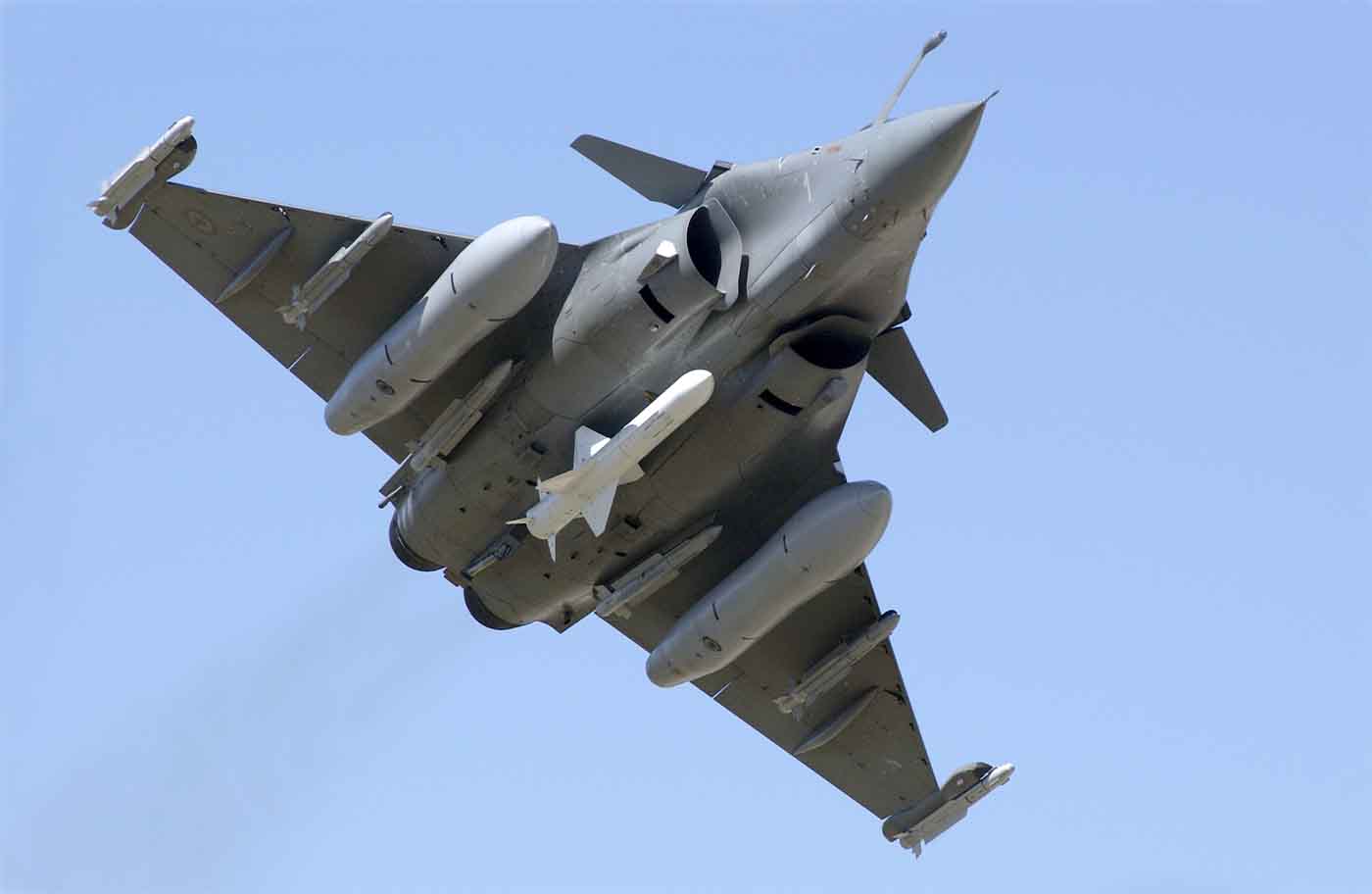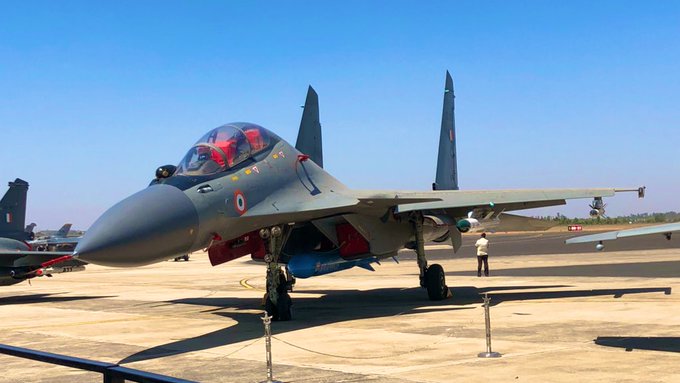
With the Indian Navy all set to complete paperwork for 24 Sikorsky-Lockheed Martin MH-60R Sea Hawk helicopters within the next eight months under the Multirole Helicopter (MRH) program, and the decks to be cleared for the much larger Naval MRH (MRH) procurement of 123 similar helicopters, talks have begun on arming the new rotorcraft fleet that will replace the Indian Navy’s old Mk.42B and UH-3H Sea King fleets.
Europe’s MBDA Missile Systems has entered discussions with the MH-60R’s maker Lockheed Martin on integrating two of its anti-ship missile offerings on the helicopter — the Sea Venom for short-range engagements and the Marte ER for medium/long range missions. MBDA began these talks after making a set of presentations to the Indian Navy last year. The Indian Navy is understood to have been eager to have the option of such a weapons package, and requested more details, triggering talks between MBDA and Lockheed-Martin.

The Anglo-French Sea Venom is developed by MBDA in UK and France and will arm French Navy AS565 Panther and NH90 helicopters and Royal Navy AW159 Wildcat helicopters. Discussions on slinging it onto MH-60Rs are happening for the first time in the context of the Indian Navy’s order. The Marte ER is developed by MBDA in Italy’s La Spezia, where the missile has been integrated on an NH90 and is slated for a first firing next year.
The Indian government cleared the decks for 24 MH-60R procurement in August last year, a year after flipping announcing the additional requirement of 123 helicopters under the NMRH program. Efforts to replace the old Sea Kings gave been typically scrappy, with an earlier contest that boiled down to a face-off between the NH90 and Sikorsky S-70B Sea Hawk collapsing amidst a storm of protests. The MH-60R choice has been a major push as part of the Indo-US defence dialogue, and was seen as the logical option after the navy’s earlier downselection of the S-70B Sea Hawk, the MH-60R’s less capable cousin.
For the 24 MH-60Rs that will be contracted first, the Indian Navy has chosen the Naval Strike Missile (NSM) developed by Norway’s Kongsberg, a successor to the AGM-119 Penguin anti-ship missile currently nearing life’s end on US Navy helicopters. In April this year, the Pentagon’s procurement office notified US Congress about the prospective MH-60R sale to India, noting that the Indian government had also asked for ‘two Naval Strike Missile Emulators and four Naval Strike Missile Captive Inert Training missiles’ among other weapon-related hardware. The contract for the NSM will be separate paperwork directly with Norway.
MBDA sees its opportunity in the expanded NMRH requirement for the Sea Venom and Marte ER, but has also conveyed to the Indian government that the Marte ER could be a formidable fit on C295 transports that India plans to buy and build to replace the IAF’s HS748 Avros and as a multi-mission maritime aircraft for the Indian Coast Guard.

The near retirement of the Indian Navy’s Sea Eagle anti-ship missiles has left its Sea Kings on the threshold of losing the crucial capability (the Sea Eagle deployable Sea Harriers were retired a few years ago and the Sea Eagle on the IAF Jaguars were retired). India’s air-delivered anti-ship guided missile arsenal currently includes the Kh-35 and Kh-31A on IAF MiG-29UPG/Ks and the Harpoon Block III on IAF Jaguars and Indian Navy P-8I Poseidons.
With no anti-ship missiles in the weapons package selected by the Indian Air Force on its Rafale jets, the first of which will be commissioned into service on October 8 in France, MBDA has offered the improved AM-39 Exocet, the submarine-launched version of which is on the Indian Navy’s Scorpene (Kalvari class) submarines.

In 2017, India’s DRDO received project sanction for a ‘naval anti-ship missile’, along with notable other projects including the Medium-Range Surface-to-Air Missile (MRSAM) for the Indian Army, the LRSAM weapon system for the INS Vikrant indigenous aircraft carrier, a Submarine-Launched Cruise Missile (SLCM), the Rudra M-III air-to-surface missile and a guided version of the Pinaka rocket system. It is unclear so far if the DRDO naval anti-ship missile is a ship-based system or air-launched. There has been speculation that any air-launched ant-ship weapon will presumably be a derivative of the under-test NGARM anti-radiation weapon that has been tested from an IAF Su-30MKI.

Meanwhile, the air-launched BrahMos-A anti-ship cruise missile is all set to be inducted into the IAF in the next 12 months on the Su-30MKI platform. Livefist spoke to Pravin Pathak, Chief General Manager at BrahMos Aerospace recently in St. Petersburg on the development:
BREAKING: With one final test (third) of the BrahMos-A by September, the missile is on track for induction into the Indian Air Force later this year. A detailed update here with BrahMos Corp’s Praveen Pathak at #IMDS2019: pic.twitter.com/QhaXi1xurE
— Livefist (@livefist) July 12, 2019
